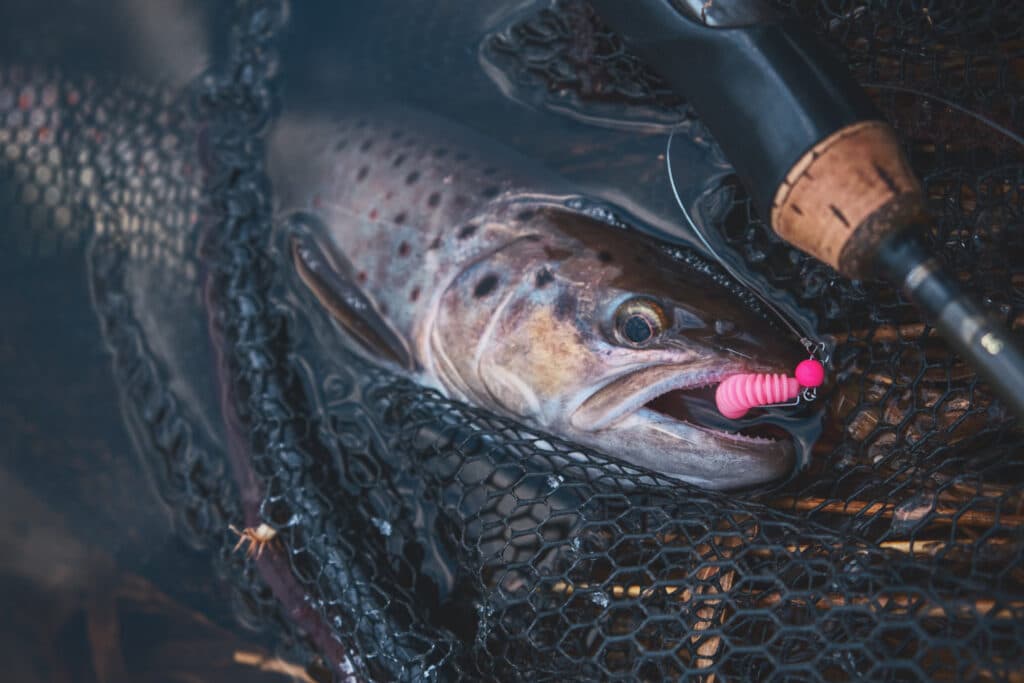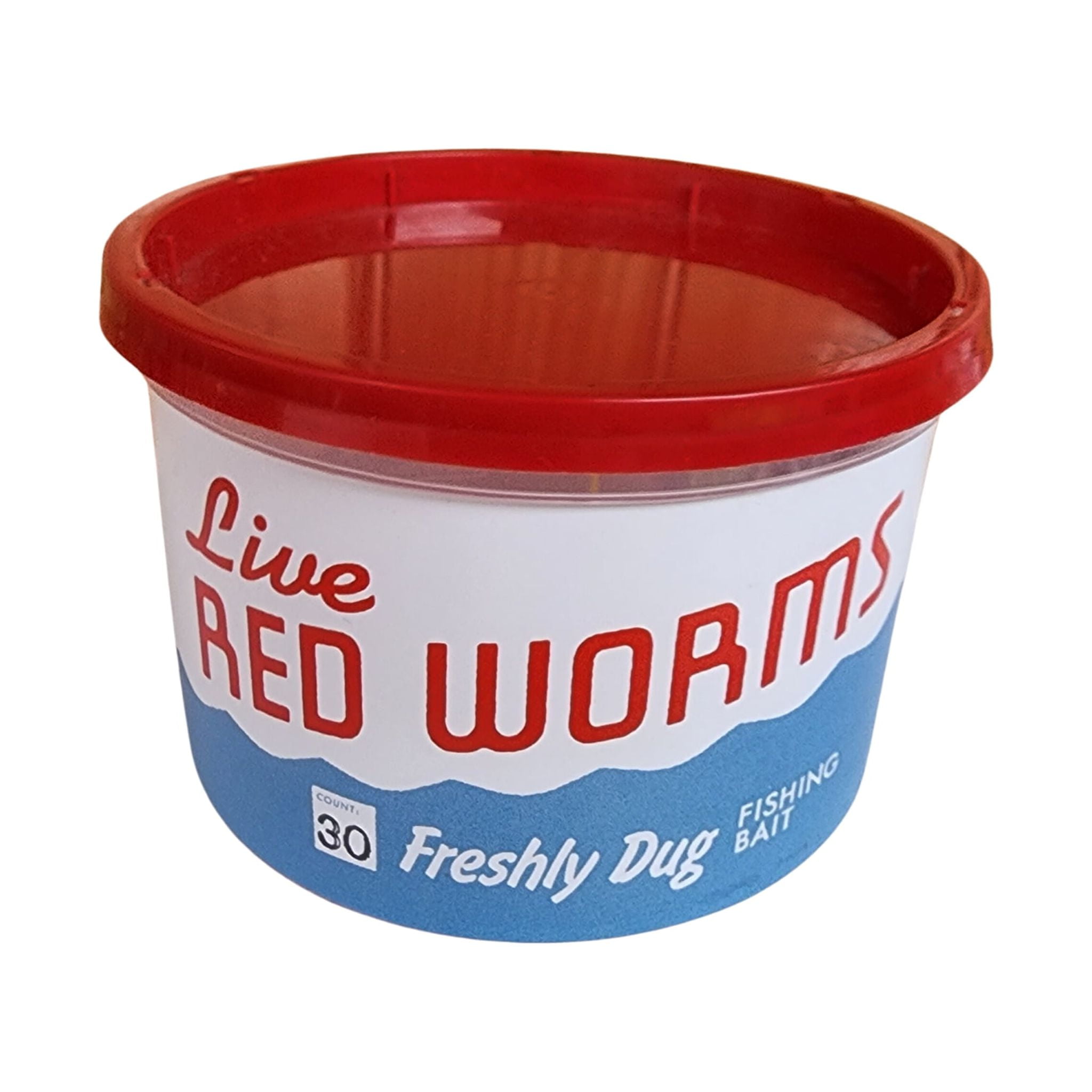Where To Find Red Wigglers for Beginners
What Does Where To Find Red Wigglers Do?
Table of ContentsThe 7-Minute Rule for Where To Find Red WigglersWhere To Find Red Wigglers Things To Know Before You Get ThisSee This Report about Where To Find Red WigglersThe Single Strategy To Use For Where To Find Red WigglersThe Greatest Guide To Where To Find Red WigglersThe Ultimate Guide To Where To Find Red Wigglers
For finest outcomes, you desire to fire for regarding 60-70% moisture level. At the perfect moisture levels which is just under 70% that handful need to barely yield one decrease of fluid.
The Indian Blue is starved, but additionally favors a warmer environment and it likewise displays a tendency to leave the bin. The red wiggler is a sturdy worm and isn't as picky regarding its climate. I like to call it the Ford Taurus of vermicomposting worms; you won't boast to your hardcore composting friends that you possess them, yet they will serve you well.
Like any type of other lure, a worm's efficiency has actually involved depend on its presentation. H.G. "Tap" Tapply emphasized this factor virtually a half century back in one of his Area & Stream columns. "A worm is such a shapeless animal," he composed, "there doesn't appear to be significantly an angler can do with it except jab it on a hook and toss it right into the water." However as Tap showed, an angler can do a good offer to make a worm much more appealing.
Fascination About Where To Find Red Wigglers
I believe you will too if you try them. The smaller the trout stream, the much better worms job is an axiom that hasn't transformed in the 100-plus years considering that Perry created his short article. Anglers of his period merely stuck their rickety fishing pole with alder tangles and went down a heavy worm into a deep hole.
Early morning is prime feeding time, and the weightless bait's slow-moving descent leaves 5 inches of squirming healthy protein completely view for rather a while. After you have actually made the actors, maintain the bond open and placed the pole in a forked stick. The line will fall off the pole in slow loops as the worm settles, but generally the sluggish loops will certainly come to be a blur, and the early morning will unexpectedly obtain instead fascinating.
You can fish deep and cover a great deal of region, and the crawler appears to be the perfect touch for this transitional time, when the smallmouths have yet to secure on to a preferred forage. Dark jigsblack, brown, and purpleseem to match the nightcrawler's shade. I typically utilize an entire 'crawler, prefer marabou dressing, and go down the pole for two or 3 secs when I obtain a hit.
If it's there, set the hook with a sweep instead than a jerk. When in a while you'll find on your own hooked to those slow, hearty yanks, and really feel the weight of a good walleye.
The Best Guide To Where To Find Red Wigglers
When the heavy walleyes carry on to the big-water shoals in the late summer season, try pursuing them with a bucktail jig and a 1-inch pinch of nightcrawler. The lure covers the hook point, deflects weeds, and supplies a preference of target. With absolutely nothing dangling or waving, it remains safe and secure regardless of current, casts, or enthusiastic panfish.
Whether you're wading or fishing from a boat, drifting worms is one of the great searching methods for larger rivers. For trout, a spade-dug, 4-inch garden worm is the appropriate size; for bass, walleyes, and steelhead, a nightcrawler may be a much better selection. The key is to drift the lure through feeding and check over here holding areas due to the fact that fish in current are not mosting likely to ferret out the bait, as they might in still water.
Strikes will come as a sharp tug instead of a pull or rap. Fish the shifts: mouths of tributaries, bank-side slicks, and the edges of big pools. As the late Ed Zern, Area & Stream's terrific satirist, when placed it: Fishermens are born honest but they overcome it. His dictum applies to any type of number of angling maneuvers, consisting of the matter of adding an item of worm to a wet fly.

The Basic Principles Of Where To Find Red Wigglers
Include a few hundred worms and feed them 2 times a week. Maintain the bed linens damp yet not wet. On the food selection: lettuce, fruit and veggie waste, and the periodic nongreasy extra.
Simply like veggie scraps, you can take your made use of coffee grounds and include them to a worm box. Worms enjoy eating coffee premises.
When the heavy walleyes go on to the big-water shoals in the late summer, attempt going after them with a bucktail jig and a 1-inch pinch of nightcrawler. The bait covers the hook factor, disperses weeds, and offers a taste of victim. With absolutely nothing dangling or flapping, it stays safe despite present, casts, or enthusiastic panfish.
The Ultimate Guide To Where To Find Red Wigglers
Whether you're wading or fishing from a boat, drifting worms is among the great searching methods for larger rivers. Where To Find Red Wigglers. For trout, a spade-dug, 4-inch yard worm is the best dimension; for bass, walleyes, and steelhead, a nightcrawler may be a far better selection. The trick is to wander the lure with feeding and holding areas because fish in existing are not mosting likely to ferret out the lure, as they might in still water
Fish the changes: mouths of tributaries, bank-side slicks, and the edges of big pools. His rule uses to any kind of number of angling maneuvers, including the matter of adding a piece of worm to a wet fly.
Yet elevating your very own lure means you can over at this website unclothe your house and hit the fish pond before Mother comes homejust like in the old days. Right here's how to maintain a worm box: Cut a sheet of CDX-grade plywood, which is made with water-resistant adhesives, to your dimensions. Toenail it together and pierce a loads 12-inch holes in the base for drainage.
All About Where To Find Red Wigglers
Load it with shredded newspaper, leaves, peat moss, and dirt. Moisten gently. Cover and allow rest for a week. Add a few hundred worms and feed them two times a week. Keep the bed linens moist but not wet. On the menu: lettuce, fruit and veggie waste, and the periodic nongreasy extra.
Just like veggie scraps, you can take your used coffee grounds and add them to a worm box. Worms love eating coffee grounds.